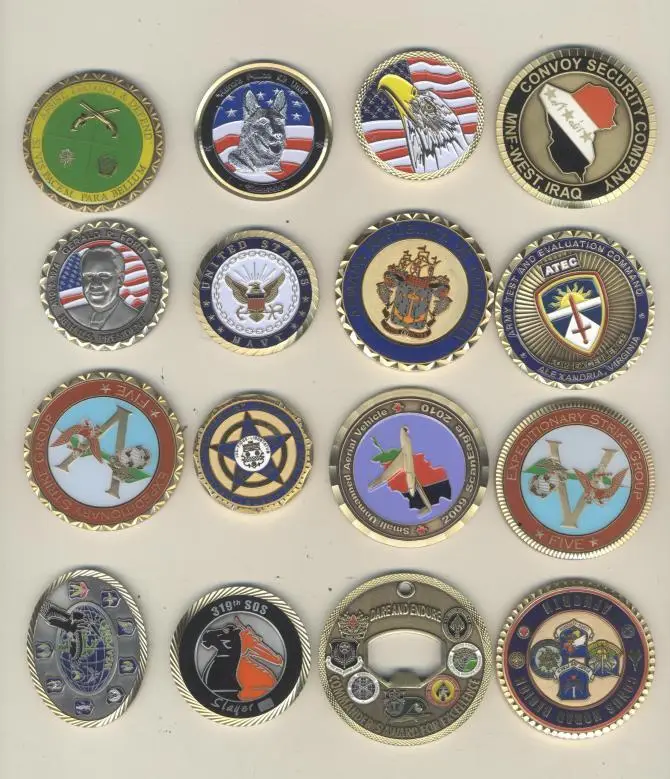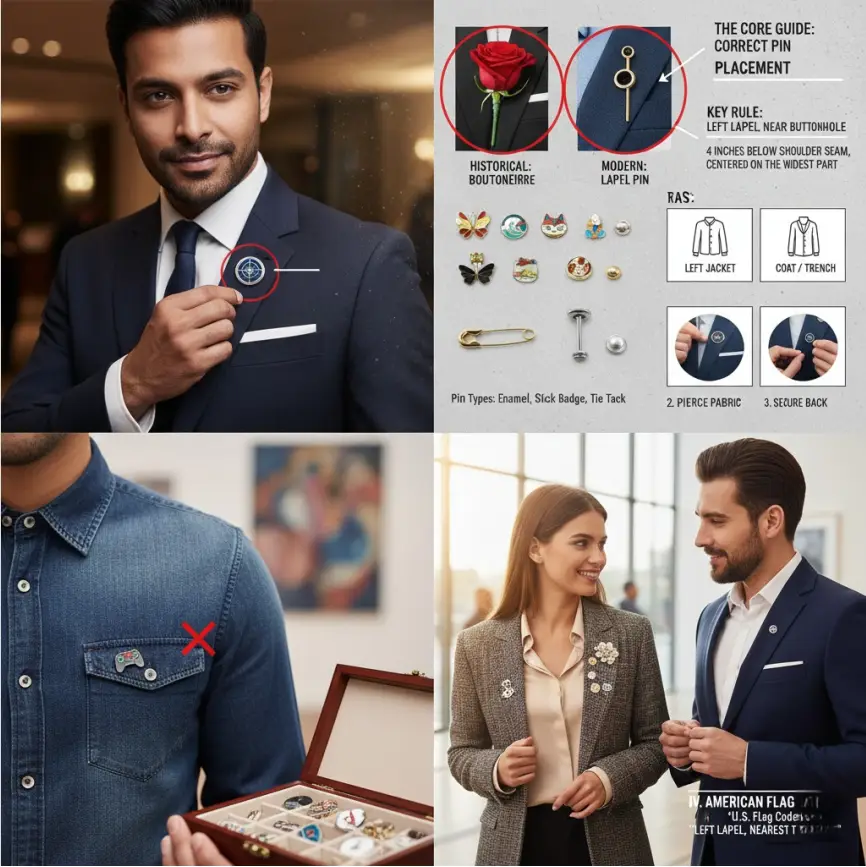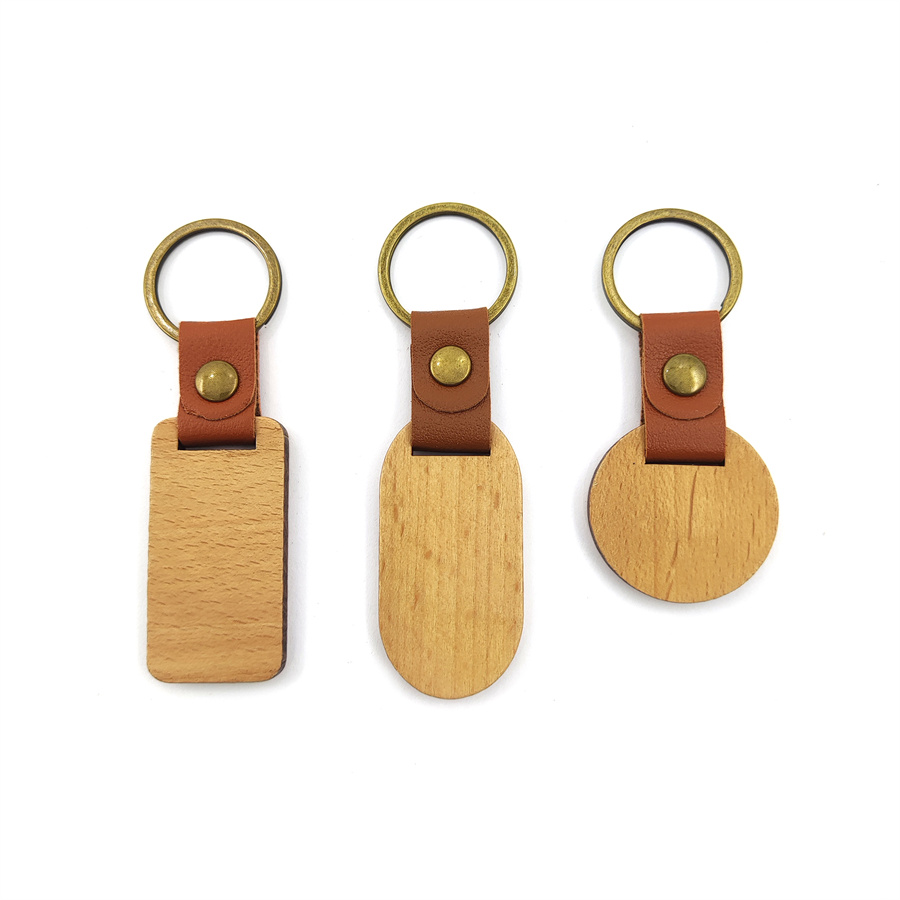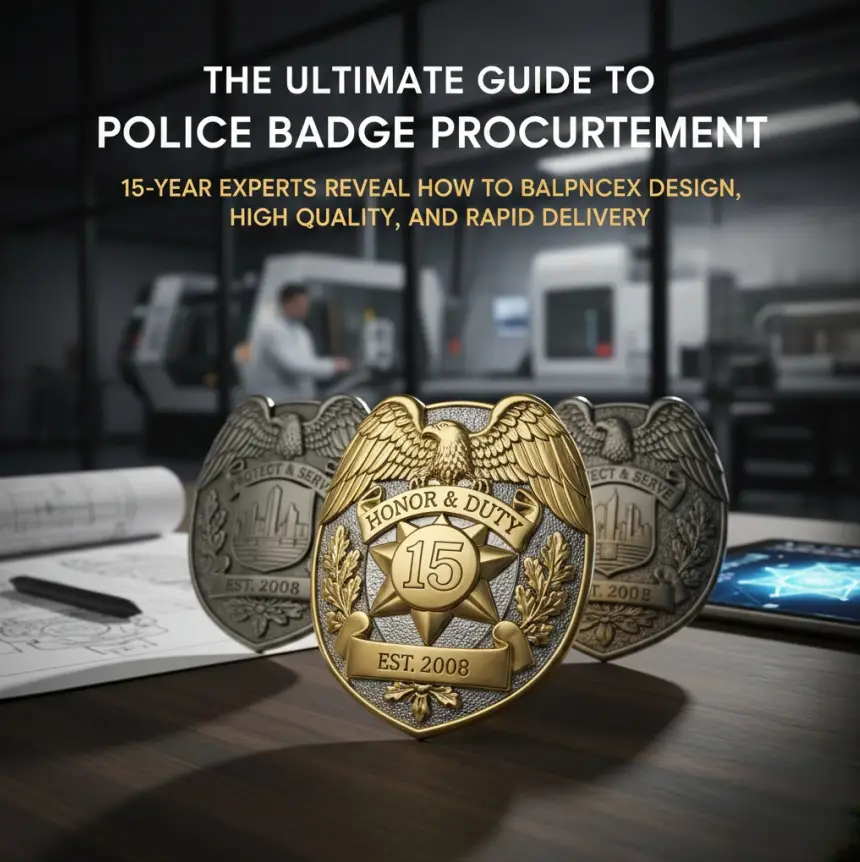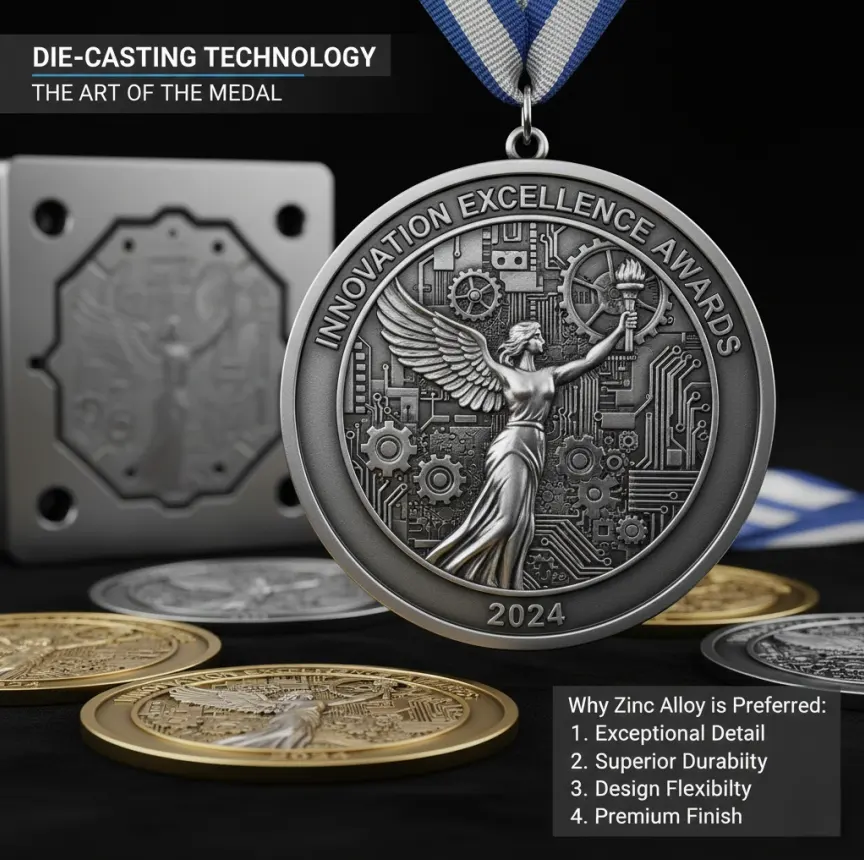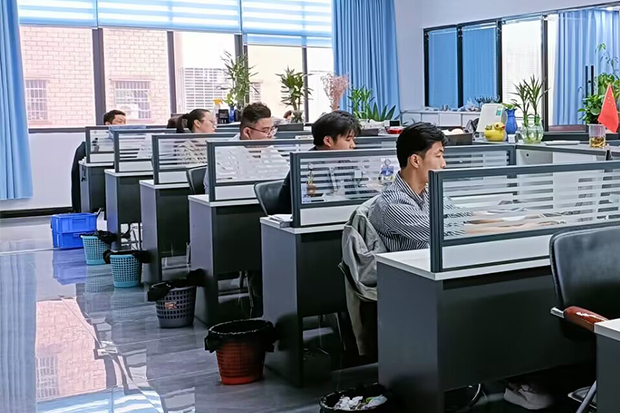Custom Name Badge Printing: 3 Key Methods to Achieve Professional, Durable Results
When it comes to custom name badge printing, choosing the right printing method is critical to achieving vibrant, long-lasting, and visually appealing results. Whether you’re crafting badges for corporate events, school uniforms, or promotional merchandise, three main techniques stand out: UV printing, pad printing, and screen printing. Let’s break down their purposes, equipment, and working principles to help you select the best option for your needs.

1. UV Printing for Custom Name Badges
Purpose
UV printing is ideal for enhancing the aesthetics of custom name badges by directly printing designs onto the product surface. It excels at producing high-resolution, full-color images and can even handle 3D elements with a maximum height difference of 7mm—perfect for adding depth to logos or text.
Equipment
• UV Flatbed Printer: A specialized printer equipped with a flat printing platform and UV-curable ink system.
Working Principle
1. Design Input: Create your design using graphic software (e.g., Adobe Illustrator) and send it to the printer.
2. Ink Application: The printer sprays water-based UV ink onto the badge surface in precise patterns.
3. UV Curing: As the print head moves across the badge, UV lamps (heated to 60-80°C) follow behind, instantly curing (drying) the ink. This process bonds the ink to the badge material, ensuring vibrant colors and scratch resistance.
2. Pad Printing for Custom Name Badges
Purpose
Pad printing is designed to transfer intricate designs or text onto non-flat or textured surfaces of custom name badges (e.g., curved metal, plastic, or fabric). It’s widely used for small to medium-sized badges requiring sharp, detailed prints.
Equipment
• Pad Printing Machine: Comprises a printing plate (copper or steel), a silicone printing pad, and an ink reservoir.
Working Principle
1. Plate Preparation: The desired design is etched onto a printing plate (using photochemical methods) to create a recessed image.
2. Ink Transfer: Specialized ink is applied to the plate, filling the recessed design. Excess ink is wiped off the flat areas of the plate.
3. Pad Printing: A soft silicone pad presses onto the inked plate, picking up the design, then transfers it onto the badge surface. This method adapts to irregular shapes, ensuring consistent results.
3. Screen Printing for Custom Name Badges
Purpose
Screen printing is a versatile method for custom name badges, ideal for bold, flat designs with strong color saturation. It works well on materials like metal, plastic, or fabric, making it a popular choice for durable, long-lasting badges.
Equipment
• Suction Screen Printing Machine: Features a mesh screen stretched over a frame, with a suction system to hold the badge in place during printing.
Working Principle
1. Screen Preparation: A mesh screen is coated with a light-sensitive emulsion. The design is exposed onto the screen, creating a stencil where ink can pass through.
2. Ink Application: Ink is poured onto the top of the screen. A squeegee (rubber blade) is pulled across the screen, pressing ink through the open areas of the stencil and onto the badge below.
3. Drying: The printed badge is left to air-dry or cured with heat to set the ink, ensuring adhesion and color vibrancy.
Why These Methods Matter for Custom Name Badges
Each printing method has unique strengths:
• UV Printing: Best for full-color, 3D designs with quick curing.
• Pad Printing: Ideal for small, textured, or irregularly shaped badges.
• Screen Printing: Perfect for bold, flat designs with long-lasting durability.
By understanding these techniques, you can choose the one that aligns with your design goals, budget, and production needs—ensuring your custom name badges look professional and stand the test of time.
FAQ
Q: Which printing method is best for small, detailed badges?
A: Pad printing is ideal for small, intricate designs due to its ability to transfer details onto curved or textured surfaces.
Q: Can UV printing handle 3D elements on badges?
A: Yes—UV printing supports 3D elements up to 7mm in height, making it perfect for adding depth to logos or text.
Q: Is screen printing durable for fabric badges?
A: Yes—screen printing uses ink that bonds strongly with fabric, ensuring colors remain vibrant even after repeated washing.
Q: Do I need special equipment for each printing method?
A: Yes—UV printers, pad printing machines, and screen printing frames are specialized tools designed for each technique.
Q: Can I mix printing methods for a single badge?
A: Yes—for example, use UV printing for full-color details and pad printing for a 3D logo, combining their strengths.

